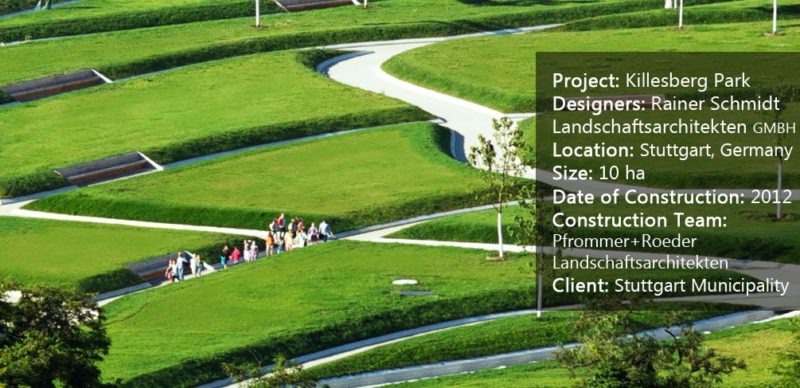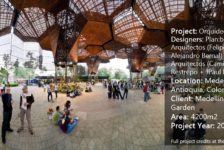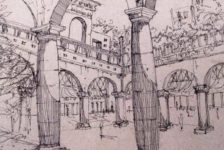Killesberg Park by Rainer Schmidt Landschaftsarchitekten GMBH, in Stuttgart, Germany. Every place has its own story. And that story very often is the line framing its authentic character and spirit. In order to reinforce the unique experience each site bears, designers try to “capture” that spirit within their projects. But capturing isn’t enough. It is just the beginning of what is needed for a successful human intervention. To make the most of a place, there are a few necessary and sufficient conditions. They cover the understanding that nature and history should always be treated with respect. In this way only, designers will find the balance between design and function, emotion and conservation. Finding that balance isn’t easy, but it isn’t impossible, either. Landscape architects from Rainer Schmidt Landschaftsarchitekten GMBH found it; let’s see how their project Killesberg Park proves what’s been stated above.

Killesberg Park. Photo credit: Raffaella Sirtoli
Killesberg Park
The Story Behind the Landscape The history of Killesberg Park dates back to the time when the area was used as a quarry for industrial purposes. Years of mining at this sandstone quarry caused severe damage to the landscape’s topography. And although the place had a prime location, the land was unsuitable for buildings on account of its former use. Since the 1920s, the goal of planning the area has been focused on connecting the separate parks and gardens of Killesberg. An early sign of its current use came in 1939, when the city of Stuttgart applied to host the Reichsgartenschau (National Garden Show). This is when the idea to redevelop the area and make it an accessible green space for residents emerged.

Killesberg Park. Credit: ARGE Zukunft Killesberg

Killesberg Park. Photo credit: Raffaella Sirtoli

Killesberg Park. Photo credit: Raffaella Sirtoli

Killesberg Park. Photo credit: Raffaella Sirtoli

Killesberg Park. Photo credit: Raffaella Sirtoli

Killesberg Park. Photo credit: Raffaella Sirtoli

Killesberg Park. Photo credit: Raffaella Sirtoli
- Beautiful Plaza Celebrates Canadian Landscape
- Perez Art Museum Embraces the Landscape Inside and Out
- Ceramic Museum and Mosaic Garden
Forward-looking Design Within all these new sensations and underlying themes honoring the social and environmental past lies the ultimate idea of creating a future-oriented design. The idea is implemented by different environmentally conscious methods used in the construction of the ecosystem in the area. The main sustainable and ecological approaches used in the project are two: • The rain water management is successful due to the underground cistern, which collects water from roofs and pipes it to the park’s lake. After that, water returns to its natural circulation; • The park’s green “pillows” form various biotopes for flora and fauna by their individual microclimatic conditions. The meadow grasses require mowing only twice a year, which reduces significantly the money and time spent on their maintenance.

Killesberg Park. Photo credit: Raffaella Sirtoli
- 100 Landmarks of the World: A Journey to the Most Fascinating Landmarks Around the Globe by Parragon Books
- Public Art: Theory, Practice and Populism by Cher Krause Knight










